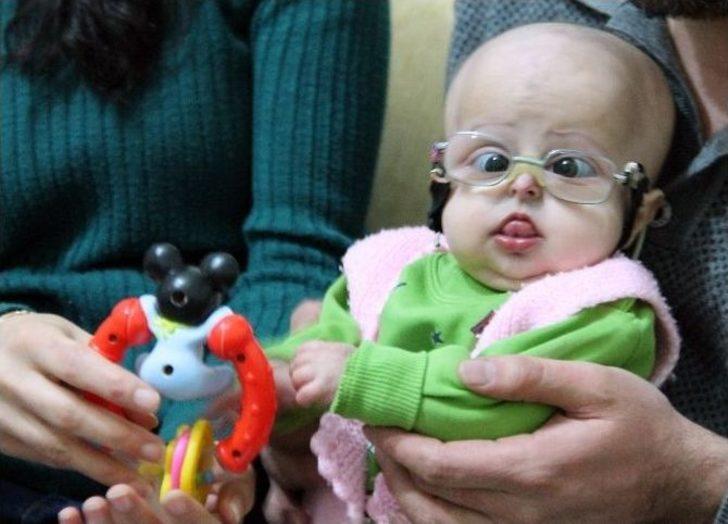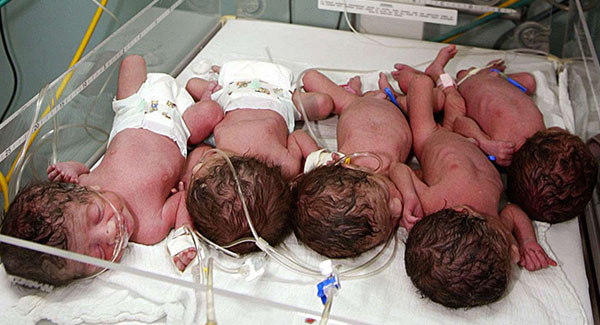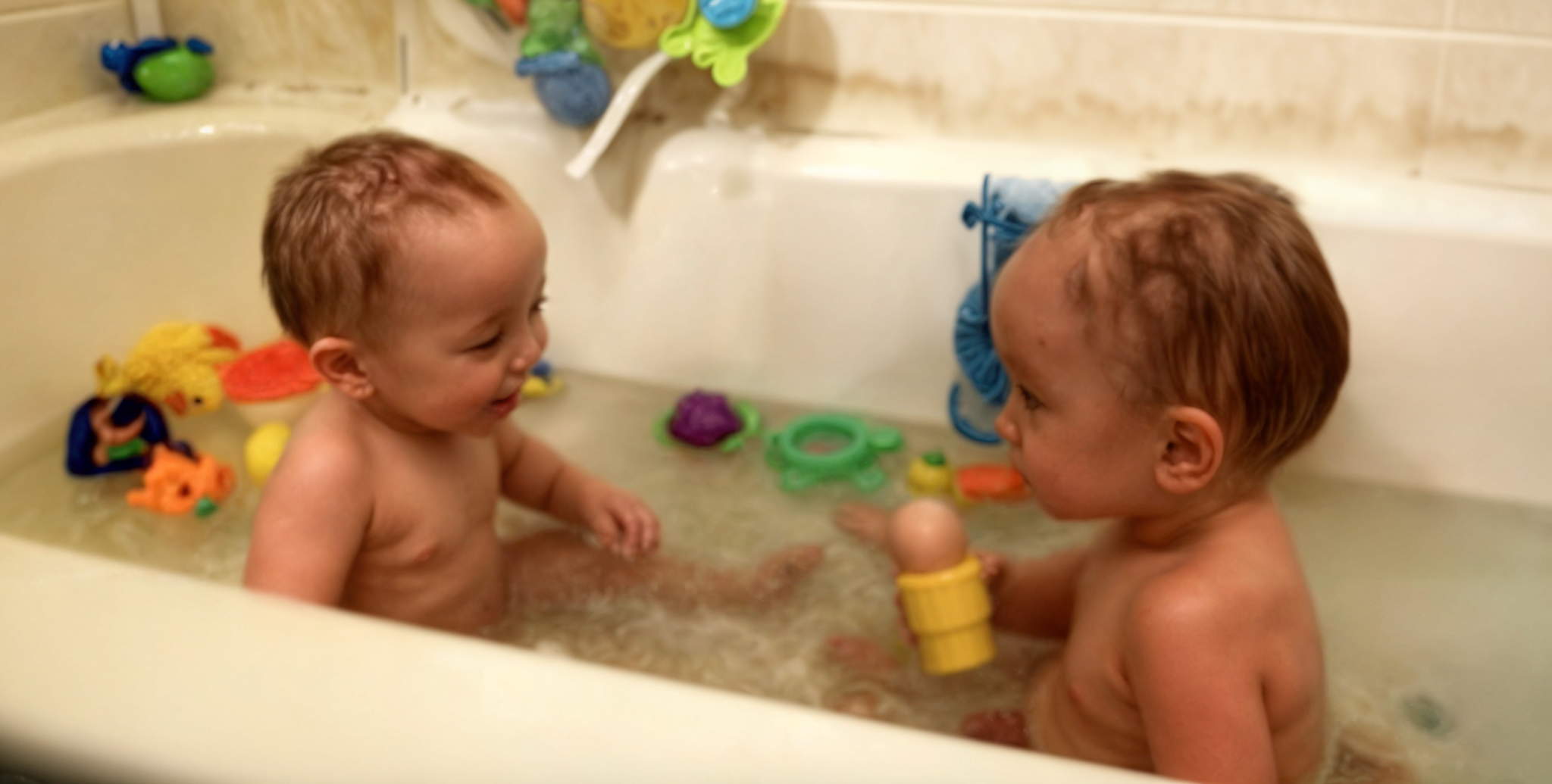

As new parents, one quickly realizes that the phrase “sleeping like a baby” doesn’t always reflect a peaceful slumber. It’s quite common for babies to resist sleep and wake up crying just moments or hours after nodding off. However, there are effective strategies to help your baby achieve better sleep.
Mastering the Art of Baby Sleep: If your little one tosses and turns or fusses throughout the night, adjusting their sleep schedule could be the solution. Remember, there are no inherently poor sleepers—only sleep habits that can be improved and reversed. By reshaping your baby’s sleep routine, you may find yourself getting more restful sleep as well.

Establishing a Routine: Setting up a consistent bedtime routine is the initial stride towards improving your baby’s sleep. Dr. Given explains, “The appropriate lighting is crucial as it helps regulate a baby’s internal clock. Our brains associate light and darkness with wakefulness and sleep. Dimming the lights at night and exposing your baby to bright light in the morning can facilitate this process.”
The Quest for Full-Night Sleep: Once you’ve minimized stimuli, you can incorporate additional soothing rituals into the routine, such as a warm bath, gentle lullabies, or softly spoken stories. These practices can further calm your baby and promote a more peaceful sleep.

Don’t Rely on Soothing Methods: If you put your baby in the crib when they’re already asleep and they wake up in the night, which all humans do, they won’t recognize their surroundings and will need your help getting back to sleep. Try to put your baby down drowsy but awake. This will help them learn to self-soothe and fall asleep—and, more importantly, fall back to sleep—on their own, which is the main goal of sleep training.

Choosing the Sleep Training Method: By about 5 months, most babies have the capability to fall asleep on their own, and if we’re still doing it for them, we’re getting in their way. Start practicing in the early months to put your baby down awake, at least once a day—usually the first nap is the most successful. Keep your cuddle time, but gradually stop the patting and shushing and rocking to sleep.

Don’t Feed to Sleep: Newborns fall asleep all the time while eating, and I don’t want anyone to stress about that. But if your baby often dozes off during a feeding, they’ll think they need to eat in order to get back to sleep. To combat this issue, gradually move the feeding earlier until your little one can get through it, then finish the routine with a calming book and song, and tuck them in drowsy but awake. You may still need to get up for a nighttime feeding, but then it will be about hunger, not soothing.

Stick to an Early Bedtime: When considering how to put a baby to sleep, timing is just as important as a routine. At around 8 weeks, babies have a rise in melatonin, a drowsy-making hormone the body releases when it’s time for sleep, which means they’re ready for an early bedtime consistent with the sun setting. If you keep them up late instead, they become overstimulated and harder to put down. Melatonin levels rise somewhere around sundown, but given that sundown can be anytime from 4:30 in winter to 8:30 in summer, stick to the clock and put your baby down around 6:30 or 7 p.m. for the most success. If the sun is still up, close the shades. A good sign of drowsiness is when the baby becomes calm—they’re less active, have a bored look, or just stare off

Eliminate Snacking: Sleep and nutrition go hand-in-hand. For the first 8 weeks, a baby should be feeding on demand every 2 to 2.5 hours. If they want to eat every hour or so, they may not be consuming enough at each session. Keep a 24-hour log of how many ounces a bottle-fed baby takes and at what time. For a breastfed baby, write down how many minutes they’re nursing each session. Also, don’t neglect burping. Sometimes we mistake coming off the breast or bottle as being finished when really the baby needs to be burped. Bright lights or noise can also be distracting. Try feeding your baby in a darker, quiet room, especially when they become more interested in their surroundings.
Please ‘SHARE’ this story with a friend or family member!
















































